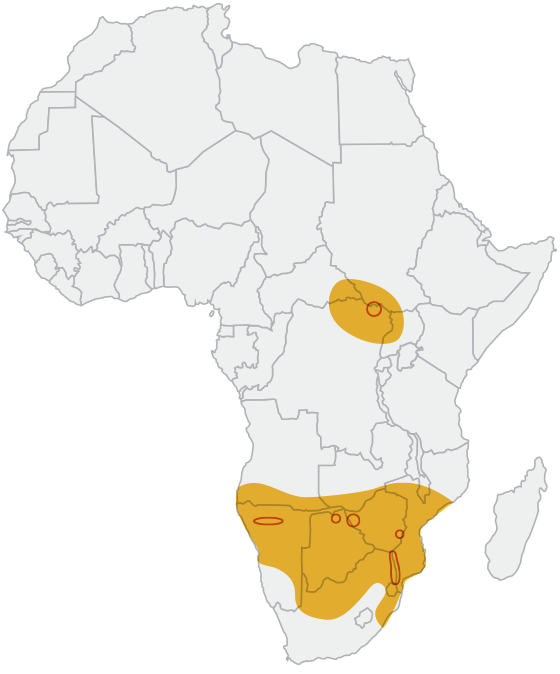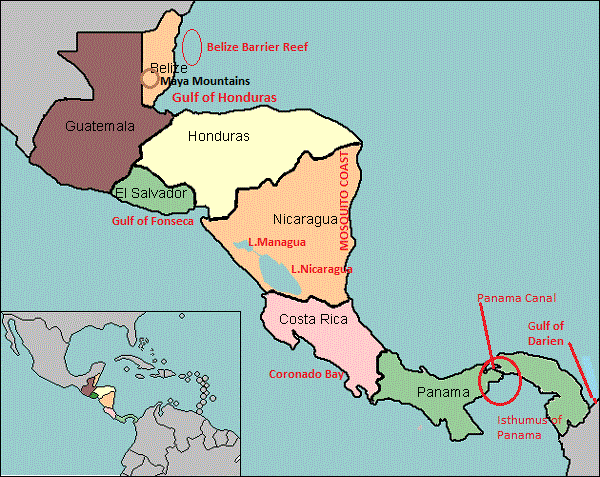7667766266
enquiry@shankarias.in
Decline in Child Marriages
CIMON (Crew Interactive MObile CompanioN)

Monitoring of Cyber Space
Northern White male Rhino ‘Sudan’

Elimination of Malaria
Microfiber Pollution
Map of the Day
Central America

Source: PIB, The Hindu, Business Standard